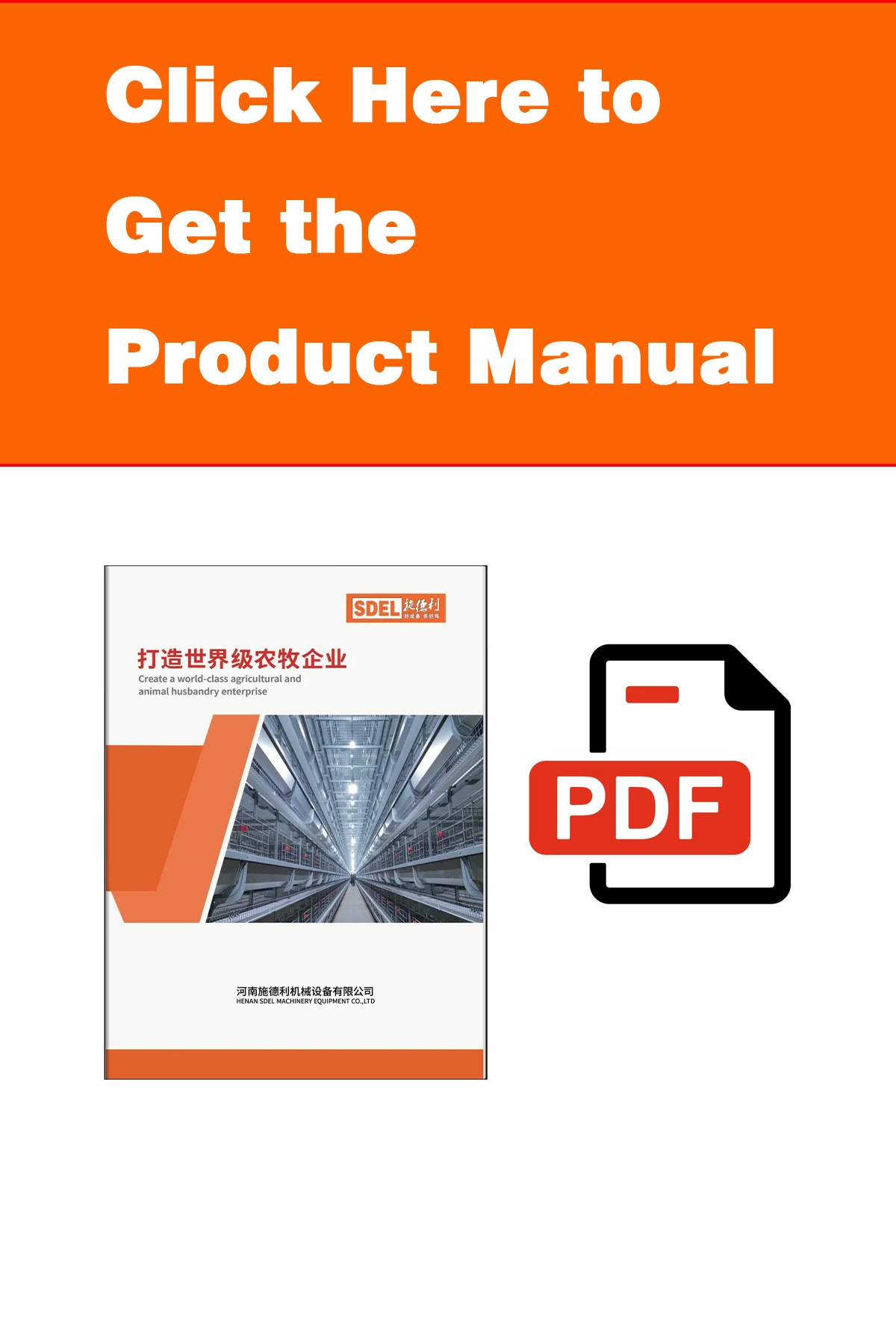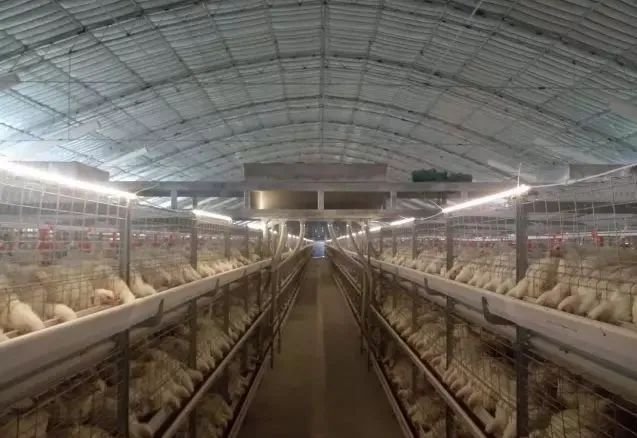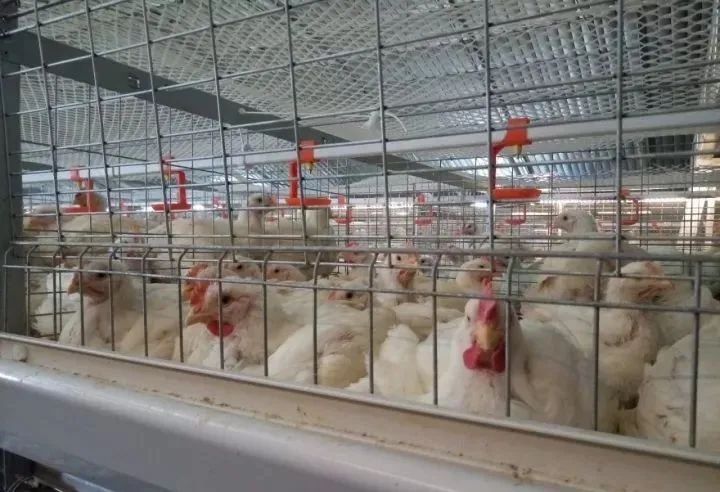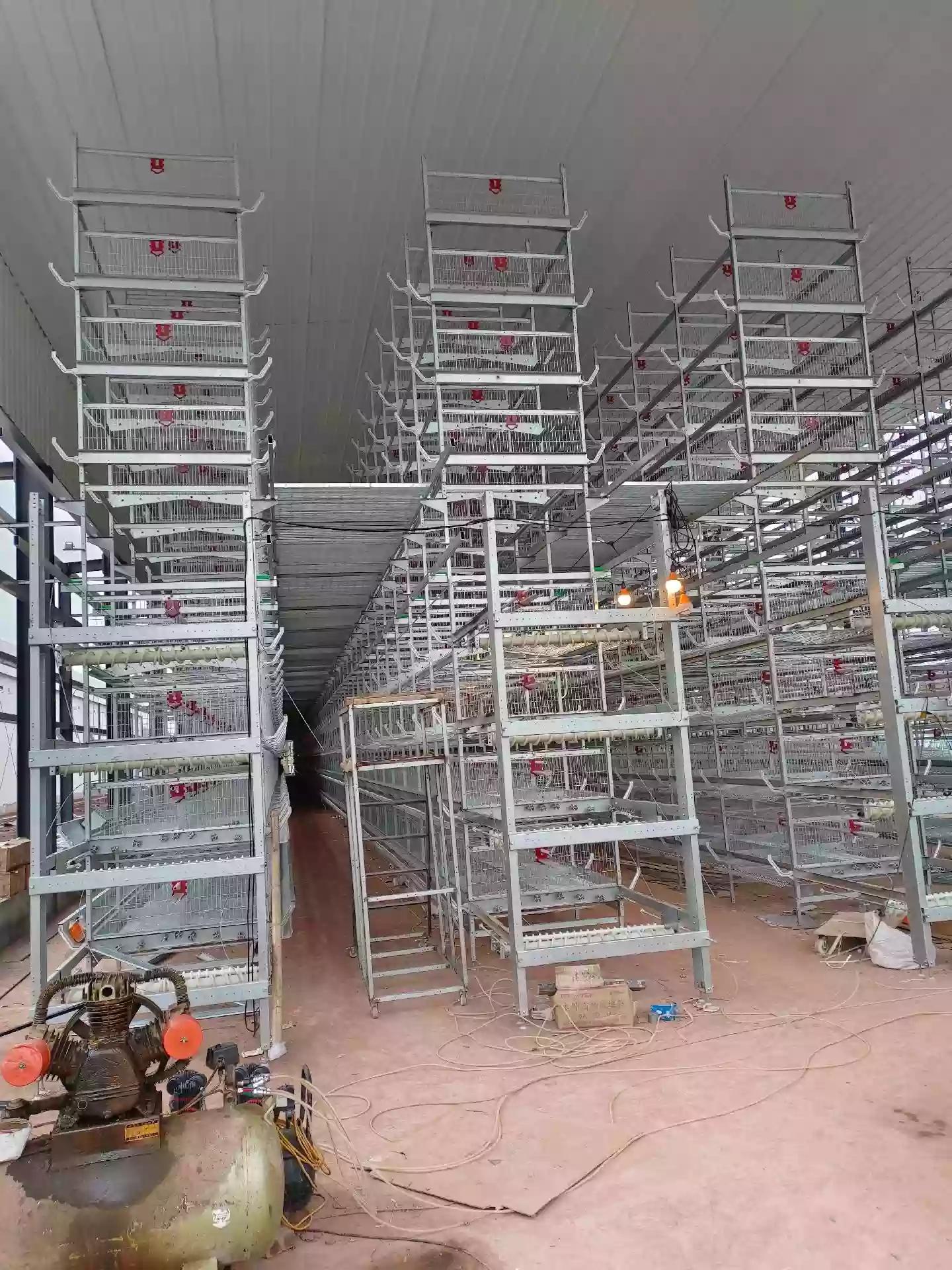Feed, Water, and Medication Metrics in Automated Battery Cage System for Layer and Broiler.
This technical article provides a systematic guide to broiler and layer feed intake calculation formulas specifically designed for precision management within automated battery cage system. It details multiple methodologies—including age-based multipliers, cumulative gram-per-day models, and breed-specific adjustments—to accurately forecast daily consumption patterns essential for optimizing automated feeding programs. The formulas enable critical applications such as precise medication dosing through water lines, feed budgeting for automated dispensing systems, and data-driven health monitoring in high-density cage environments. While noting that local feed quality may cause variations, this resource is indispensable for technicians operating automated battery cage system to maximize feed efficiency, reduce waste, and maintain optimal flock performance through standardized, calculative management practices.
Broiler and Layer Feed Intake Calculation Formulas
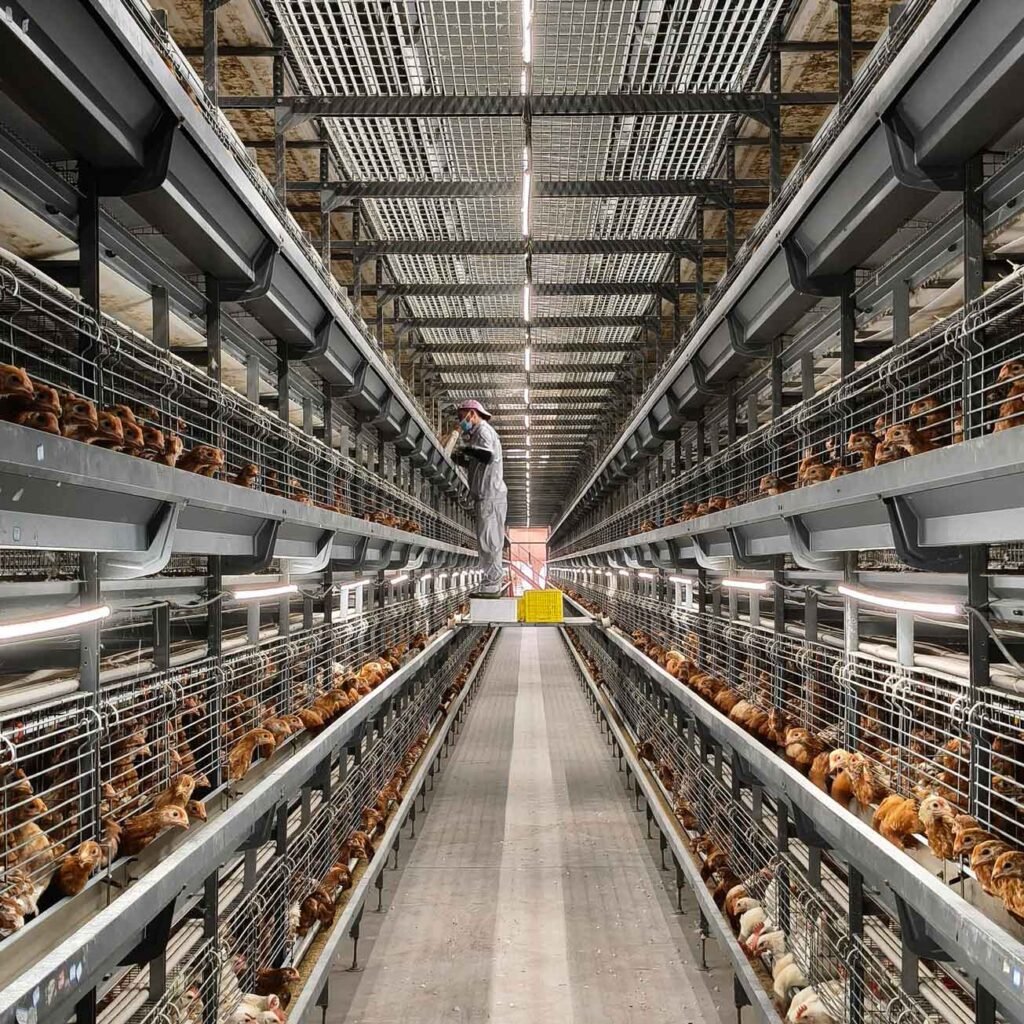
Calculation of Broiler Feed Intake in Automated Battery Cage System:
Reference 1:
The daily total feed intake formula for 1000 broilers on a specific day is: (Table 1)
Daily total feed intake on a specific day (unit: jin, 1 jin=0.5kg):
- Days 1-15: Day Age × 8
- Days 15-50: (Day Age – 2) × 10
Example: The daily total feed intake for 1000 broilers on day 15 is:
① 15 × 8 = 120 jin or ② (15 – 2) × 10 = 130 jin
Reference 2:
- Broilers: Start with 5 grams per day from the first day, increasing daily by this amount.
Thus, the feed intake for 1000 white-feathered broilers at 35 days of age is:
5g × 35d × 1000 ÷ 500 = 350 (jin) - 817 Crossbred Meat-type Chickens: Feed intake is 50% of white-feathered broilers.
Thus, the feed intake for 1000 817 chickens at 35 days of age is:
5g × 35d × 1000 ÷ 500 ÷ 2 = 175 (jin)
Calculation of Layer Feed Intake in Automated Battery Cage System:
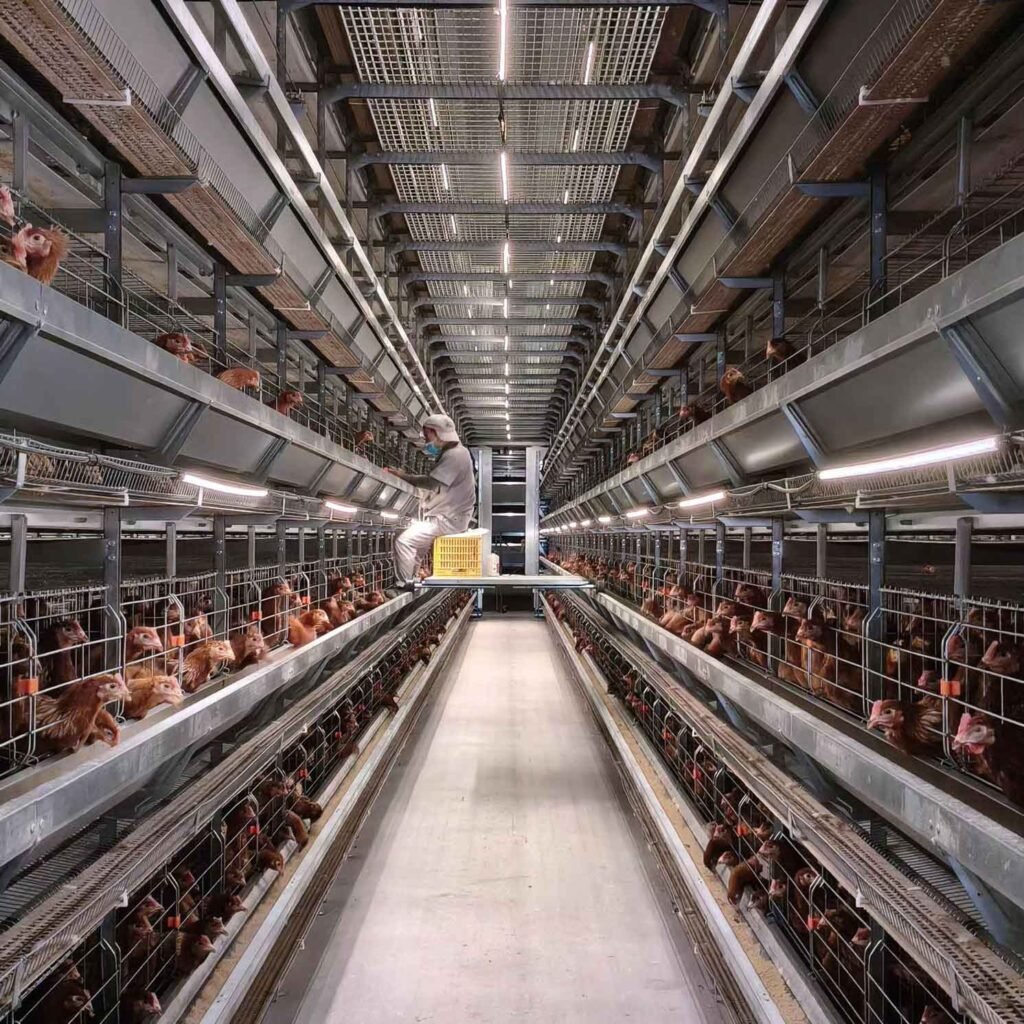
Daily feed intake per bird is: (unit: grams)
- Days 1-9: Day Age + 2
- Days 10-19: Day Age + 1
- Days 20-49: Day Age
- Days 50-120: 50 + (Day Age – 50) ÷ 2
- After 121 days: Daily feed intake stabilizes between 120-125 grams.
Thus, the feed intake for 1000 layers on day 35 is:
35 × 1000 ÷ 500 = 70 (jin)
Reference 3:
Some newly graduated technicians lack clinical and field experience and struggle to calculate chicken feed intake. Calculating flock medication dosage first requires calculating the total daily feed intake and total daily water consumption. The formulas for layer and broiler feed intake are provided below for reference.
(I) Calculation of Total Flock Daily Feed Intake
- White-Feathered Broiler Total Daily Feed Intake Formula (jin):
- a. (Chicken Age > 30 days): Number of Birds * Day Age / 100 = Feed Intake (jin)
- b. (Chicken Age < 30 days): Number of Birds * Day Age / 1000 * 8 = Feed Intake (jin)
- Layer Total Daily Feed Intake Table
- Days 1-20: (Day Age + 2) * Number of Birds / 500
- Days 20-50: (Day Age + 1) * Number of Birds / 500
- Days 50+: [(Day Age – 50)/2 + 50] * Number of Birds / 500
- Peak Laying Period: 0.25 * Number of Birds
Note: Feed intake varies with local feed quality. This is for reference only.
(II) Formula for Total Flock Daily Water Intake (jin):
Total Daily Feed Intake * 2 (Coefficient)
Note: Water intake coefficients vary with temperature, but for medication calculation, a coefficient of 2 can be used to calculate the total daily medication dose required for the flock.
(III) Formula for Total Daily Therapeutic Medication Dose Required for Flock (bottles/bags):
Total Flock Daily Water Intake (jin) / Amount of Water Each Bag or Bottle is Diluted In.
II. Methods of Flock Medication Administration
(I) Water Administration Method:
Dissolve the total daily medication dose for the flock into an amount of water the flock can consume within 3-4 hours (focused medication). Provide fresh water after consumption. Some medications need to be consumed within 2 hours to prevent degradation and loss of efficacy (e.g., Penicillins, Cephalosporins).
(II) Feed Mixing Administration Method:
Evenly mix the total daily required medication dose into feed the flock can consume within 3-4 hours (focused medication).
Benefits of Focused Medication:
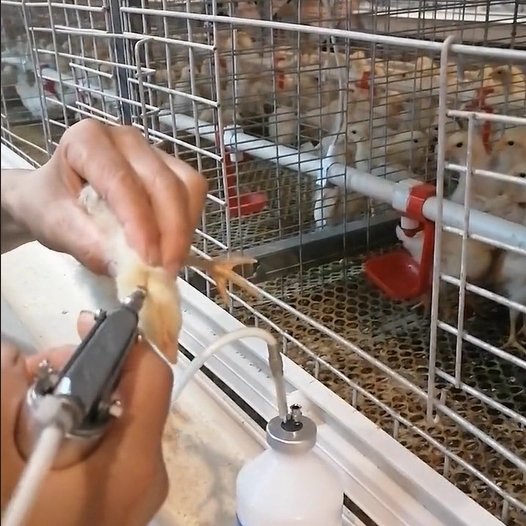
- Increases the effective drug concentration in the body (blood and tissue concentrations), inhibiting and killing harmful bacteria.
- Prevents the development of bacterial drug resistance due to prolonged exposure to low concentrations.
- Speeds up disease treatment, improves production efficiency, and reduces breeding costs.
- Water Administration: This involves dissolving medication in water for poultry to drink freely. It is the most common method in modern farms for disease prevention and treatment. When using this method, first understand the drug’s solubility in water. Easily soluble drugs quickly reach the required concentration. Drugs with poor solubility might require warming, stirring, or adding solubilizers to achieve the required concentration. Second, pay attention to the medication concentration in water and calculate the dosage based on water consumption. Typically, medication is added to 2/3 of the estimated daily water requirement for free drinking. After the medicated water is consumed, add 1/3 fresh water. For drugs unstable in water or for therapeutic needs, the “thirst medication method” can be used: withhold water for 2 hours, then provide medication in 1/5 of the daily water requirement, ensuring consumption within 1 hour. Additionally, avoid administering drugs in running water to prevent uneven concentration. Water consumption is affected by house temperature, feed, and farming methods; consider these factors when calculating water intake.
- Feed Mixing Administration: This involves evenly mixing medication into feed for poultry to consume freely. Incremental dilution is commonly used: first mix the drug with a small amount of feed, then mix that with 10 times the amount of feed, and repeat until mixed with the entire batch. Consider compatibility and potential antagonism between drugs and feed additives.
- Aerosol Administration: This uses mechanical or chemical methods to atomize medication into fine droplets or particles for inhalation via the respiratory tract.
- Disinfection with Birds Present: Intensive farms often use the “all-in/all-out” management system. Broilers are in a house for about 2 months, layers for about 2 years. To prevent infection during rearing, disinfection with birds present should be conducted regularly based on contamination levels. In hot summer, this can be done 1-2 times daily; in spring/autumn, every 3-5 days; in severe winter, weekly.

